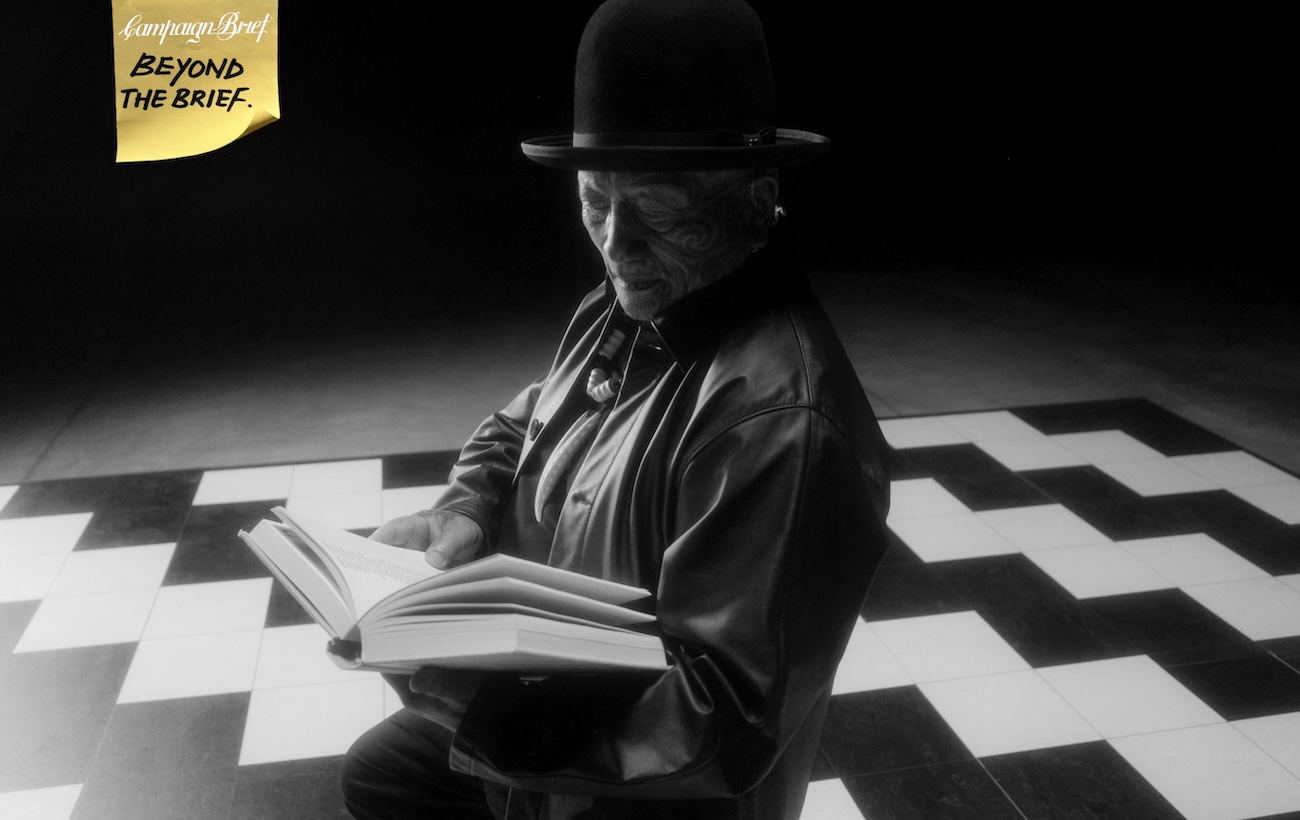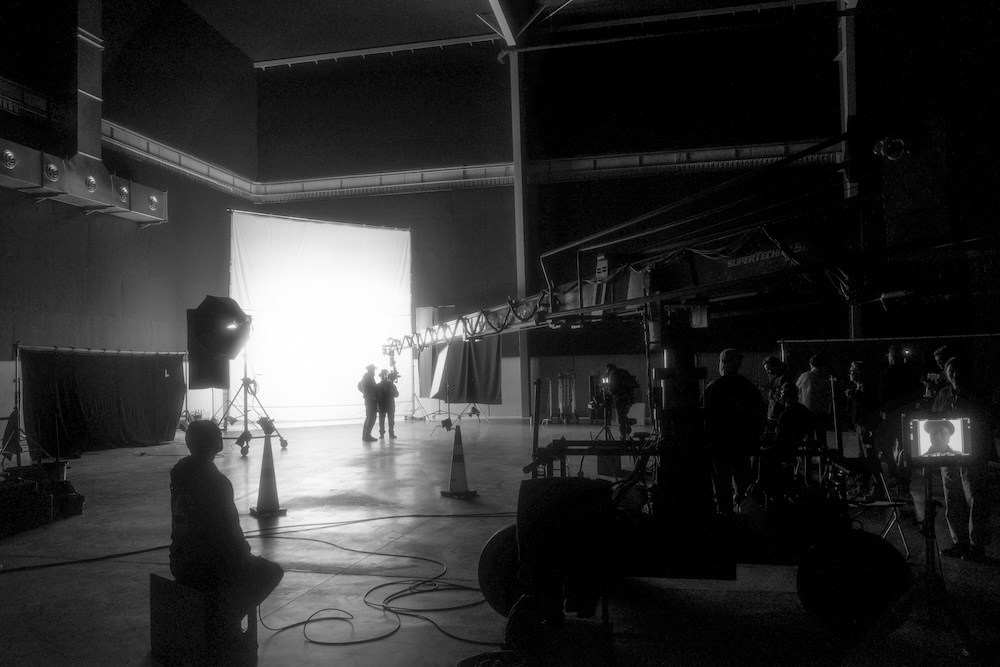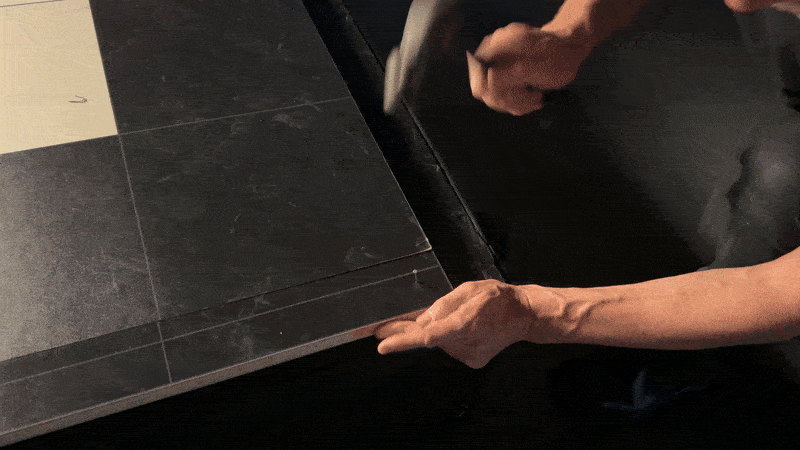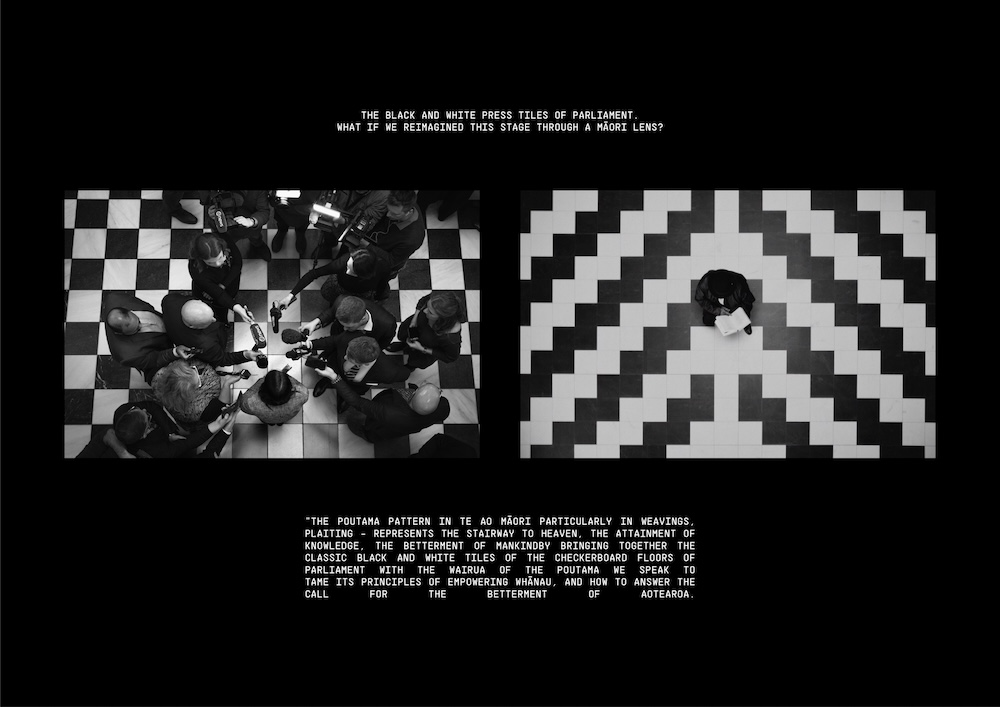Beyond the Brief: Motion Sickness on Amplifying Māori Voices with Aotearoa’s Greatest Roll Call

For its latest campaign with Whānau Ora, Motion Sickness set out to inspire more Māori to enrol in the Māori Electoral Roll. From a bold creative platform to regionally targeted media and a stirring central performance by Tāme Iti, the campaign is already making waves with a significant number of people signing up since the campaign’s debut. In this edition of Beyond the Brief, the Motion Sickness team takes us behind the thinking.
Let’s start with the brief – what were you tasked with, and what was the central problem you were trying to solve?
We were tasked simply with inspiring more Māori to sign up for the Māori Electoral Roll. This allows for more Māori representation in parliament, no matter who you vote for.
The problem was that current messaging around the Māori Electoral Roll, to our eyes, was far too passive, uninspiring, and lacked a ‘why’.
The roll call format is incredibly simple yet powerful. What was the creative insight that unlocked the idea?
The insight came from the scale of the problem: there are 914,400 Māori living in Aotearoa, but with 280,000 still on the general roll and 120,000 unenrolled, too many Māori voices are missing from where they matter most.
We wondered, what if we just called the roll? Celebrating those Māori who have signed up, to inspire others to do the same.
Raise your hand, raise your voice. It was a nice organising idea, and reminded us all of raising your hand in school when the roll was read, that visual, the open hand, wove through the whole campaign. A response to say you are here, and you count.

Tāme Iti brings a powerful presence to the campaign. What led to his involvement, and how did you approach that collaboration creatively?
Tāme Iti’s powerful history of activism and fighting for Māori rights felt like a perfect alignment to the kaupapa. It needed weight behind the message.
We had worked with Tāme before, so had a direct line to him. He didn’t skip a beat once he heard about the cause, and on set, he was incredible. What can we say, the man has mana.

What were the creative choices that mattered most in bringing it to life? Can you walk us through some of those intentional and meaningful design choices?
We kept coming back to how singular this idea needed to be. It was obvious to us that if we added too many tricks, film flourishes, or ideas upon ideas, it would fall over. It had to start and end pure. So we really protected that central thought throughout the process: It was Tāme, on a stage, reading the roll. The same for the OOH, it was about the names, the people.

One of the most meaningful choices was the stage he stood on. We took the iconic press junket steps, a backdrop often used to frame politicians and power, and reclaimed it through Toi Māori. Layered with poutama, which represents the pursuit of knowledge, growth, and progression.

The result reframed the very stage we were trying to break into via Te Ao Māori. The stage is actually on the road at the moment, with Whānua Ora hosting stage pops around the motu.

There’s also a strong media idea behind the work with geo-targeted OOH, updated weekly to reflect local roll sign-ups. How did you approach channel planning to keep the idea alive in the real world – and close to the communities it was designed for?
We had a very regionalised media and digital strategy, showing up in rural towns and centres. We know that, due to New Zealand’s size, if you saw a name locally you’d probably recognise it, and that alone would carry some weight in convincing you to sign up.
So each name was recontextualised to its home. And the names were updated weekly as new sign-ups came in to support the kaupapa.
Also placing the 30 min ad was a real challenge, but SKY TV came to the party to help. Seeing Tāme read a 30min script in one take was pretty amazing.

What does success look like for Motion Sickness and Whānau Ora? Are there early signs the campaign is shifting awareness or enrolment behaviours?
The campaign has gone bananas. We’ve had an incredible number of people signing up to the Māori Roll, and thousands coming forward asking to be read out again. It’s been amazing.
We hope to release public results when we’re allowed to, but it’s flying.

Emotionally and creatively, what did this project mean to your team?
Every piece of work we do for Whānau Ora means the world to us. We’re making a real difference to the future of Aotearoa and protecting the Indigenous culture we all need to celebrate.
This is just another step in the journey.
I’d like to say thanks to our Head of Māori Culture, Kātene, for steering us so well, everyone that went over and above on the production and to the Whānau Ora team for trusting the creative vision we brought to the table, every time.
The names, faces and hands featured in the campaign were shared with aroha and consent by voters on the Māori roll. Thank you to every person who gave their name to stand behind this kaupapa.
This campaign was made possible by a collective of 120+ Whānau Ora providers. For more information, visit maorirollcall.co.nz
Agency / Production Company – Motion Sickness
Executive Creative Director: Sam Stuchbury
Head of Strategy: Hilary Ngan Kee
Head of Māori Culture: Kātene Durie-Doherty
Creative Director: Melina Fiolitakis
Senior Art Director: Hamish Steptoe
Creative Director (Freelance): Scott Zuliani
Strategist: Logan Barnes
Junior Creatives: Oska Meyer, Michael Ukwu
Senior Media Planner: Shannon O’Connell
Digital Media Planner: Ella Liddell
Head of Production: Joseph McAlpine
Producer: Morgan Leary
Designer: Lauren Kjestrup
Artworker: Sheridan Hampton
Executive Producer: Matt McKenzie (Supernormal)
Director: Reagen Butler (Supernormal)
Offline Editor: Archie Porter (Supernormal)
Director of Photography: Darryl Ward
Production Designer: Joseph Leary
Costume Designer: Dan Ahwa, Katie Melody Rogers
Make-up Artist: Megan Maxwell
Composers: Lachlan Anderson, Jerome Kavanagh
Sound: Liquid Studios
Sound Design: Craig Matuschka
Colourist: Matic Prusnik
VFX Artist: Stu Bedford
Online Editor: Damian Golfinopoulos
Photography: Loupe
Photographer: Holly Sarah Burgess
Client – Whānau Ora
Director Data & Transformation: Alanna Harris
Director of Health Reforms: Lance Norman
Chief Data & Digital Officer: Brad Norman
Chief Operating Officer: Awerangi Tamihere MNZM
Regional Engagement Coordinator: Corey McAleese
Regional Engagement Coordinator: Melissa Waaka
Regional Engagement Coordinator: Moewaka Te Rangi
Want to leave a comment? Share your thoughts in the comments box below, making sure to include your full name and email address.
